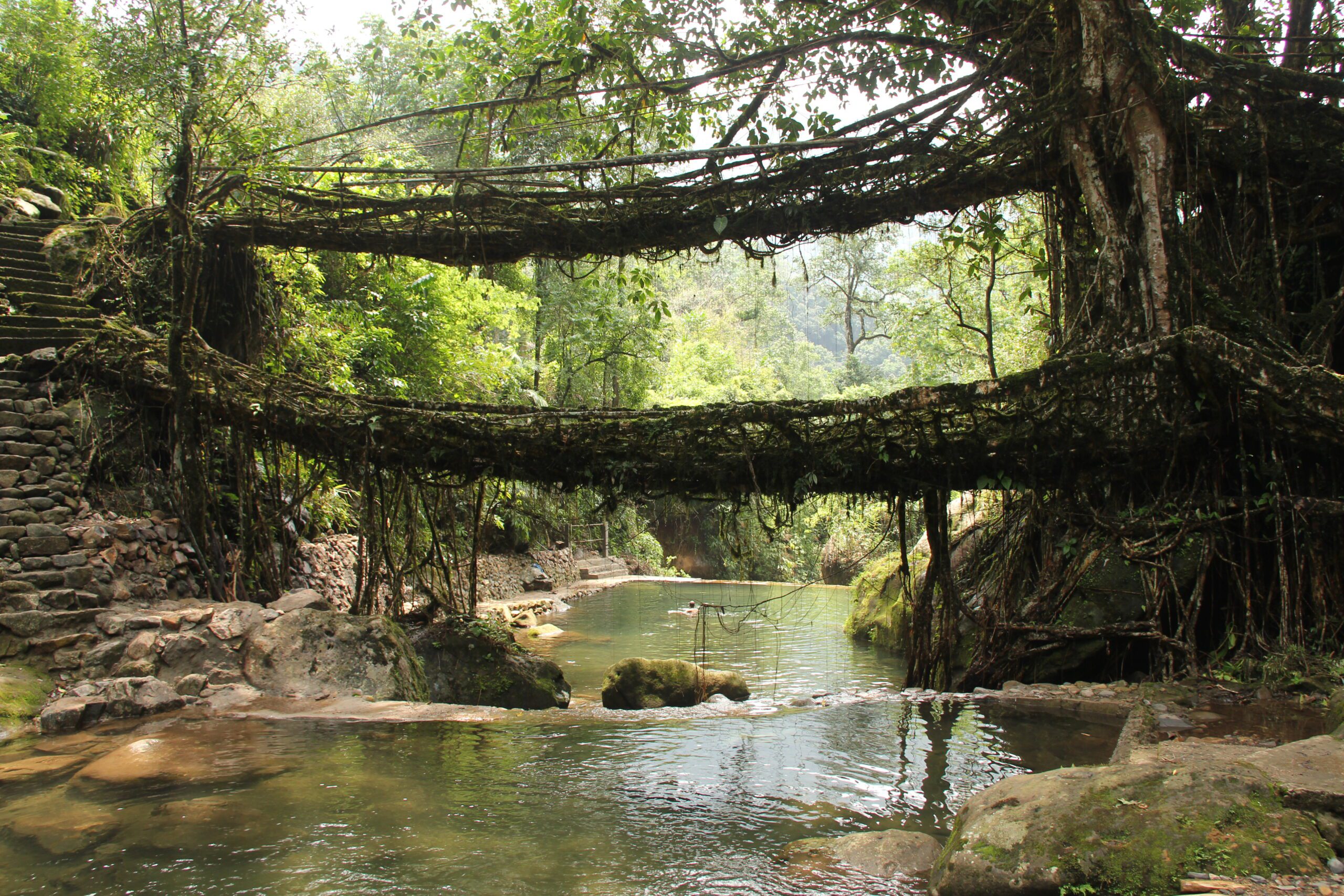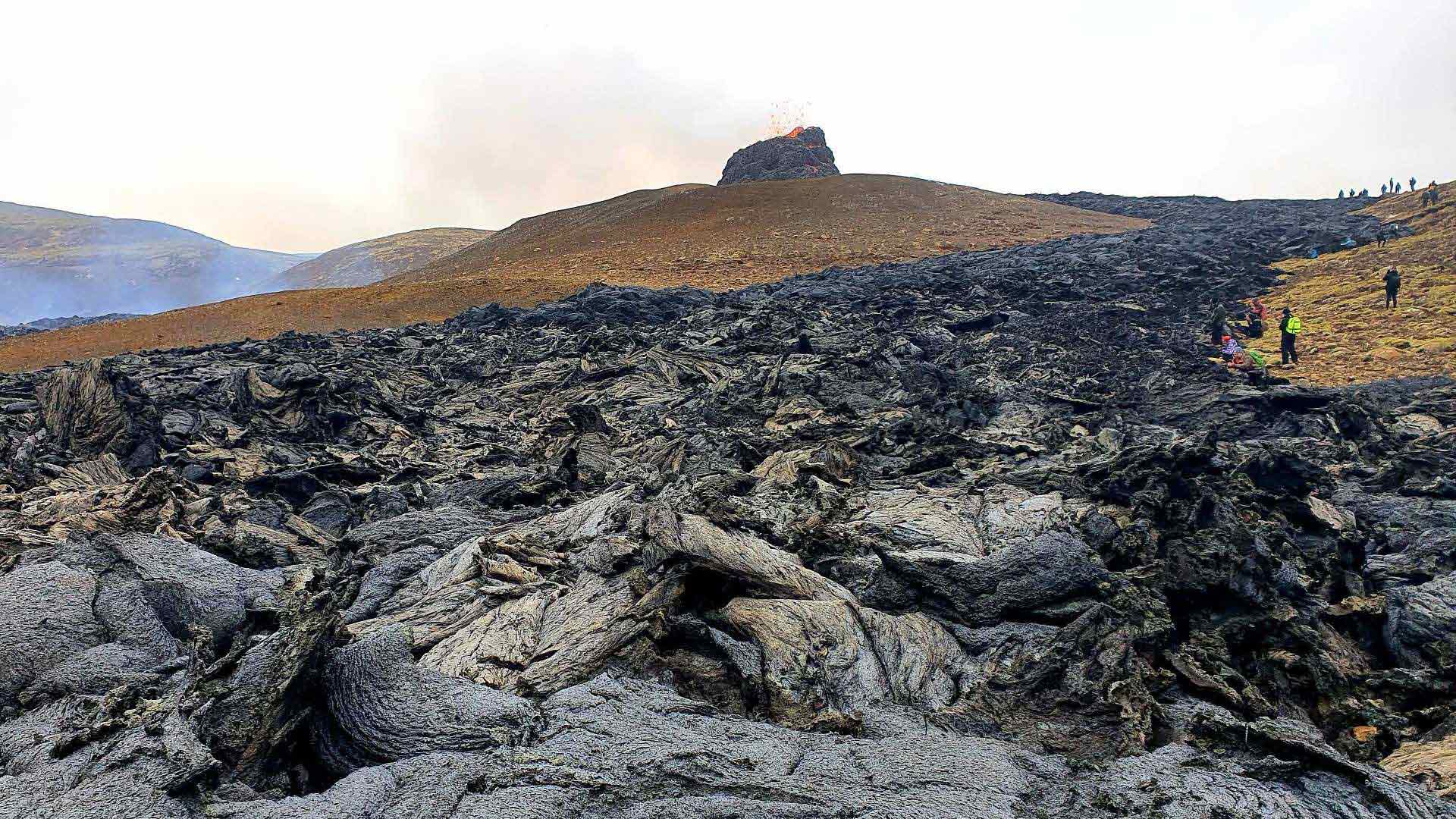Now Reading: The Forest That Grows Underwater for Six Months in Cambodia
-
01
The Forest That Grows Underwater for Six Months in Cambodia
The Forest That Grows Underwater for Six Months in Cambodia

In Cambodia, there is a forest that spends half the year underwater and the other half on dry land. This unique ecosystem surrounds the Tonle Sap Lake, the largest freshwater lake in Southeast Asia, which expands and shrinks dramatically with the seasons. For six months, trees stand submerged, creating a mysterious underwater world, and for the other half, they return to dry ground, supporting life in a completely different way.
The Tonle Sap River, which connects the lake to the Mekong, is responsible for this rare phenomenon. During the monsoon, the river reverses its flow, causing the lake to swell nearly five times its size. As a result, vast areas of forest are submerged, turning into a flooded wonderland where fish swim among tree trunks and birds perch on half-submerged branches. When the water recedes in the dry season, the same trees provide fertile land and shelter for villagers.
This natural cycle is not just a spectacle but also the backbone of local livelihoods. The flooded forests nurture fish populations, making Tonle Sap one of the richest freshwater fishing grounds in the world. Communities living around the lake rely on this seasonal rhythm for food, farming, and survival. It is a striking reminder of how people and nature can adapt to each other’s patterns.
For people in India, where many rivers and lakes face challenges due to urbanisation and pollution, Cambodia’s flooded forest offers lessons in balance. It shows the importance of protecting ecosystems that work in cycles and how local traditions often evolve around natural changes.
The forest that grows underwater in Cambodia stands as a living example of nature’s adaptability. It transforms twice every year, proving that resilience and harmony are possible when human life moves in step with the environment.

























